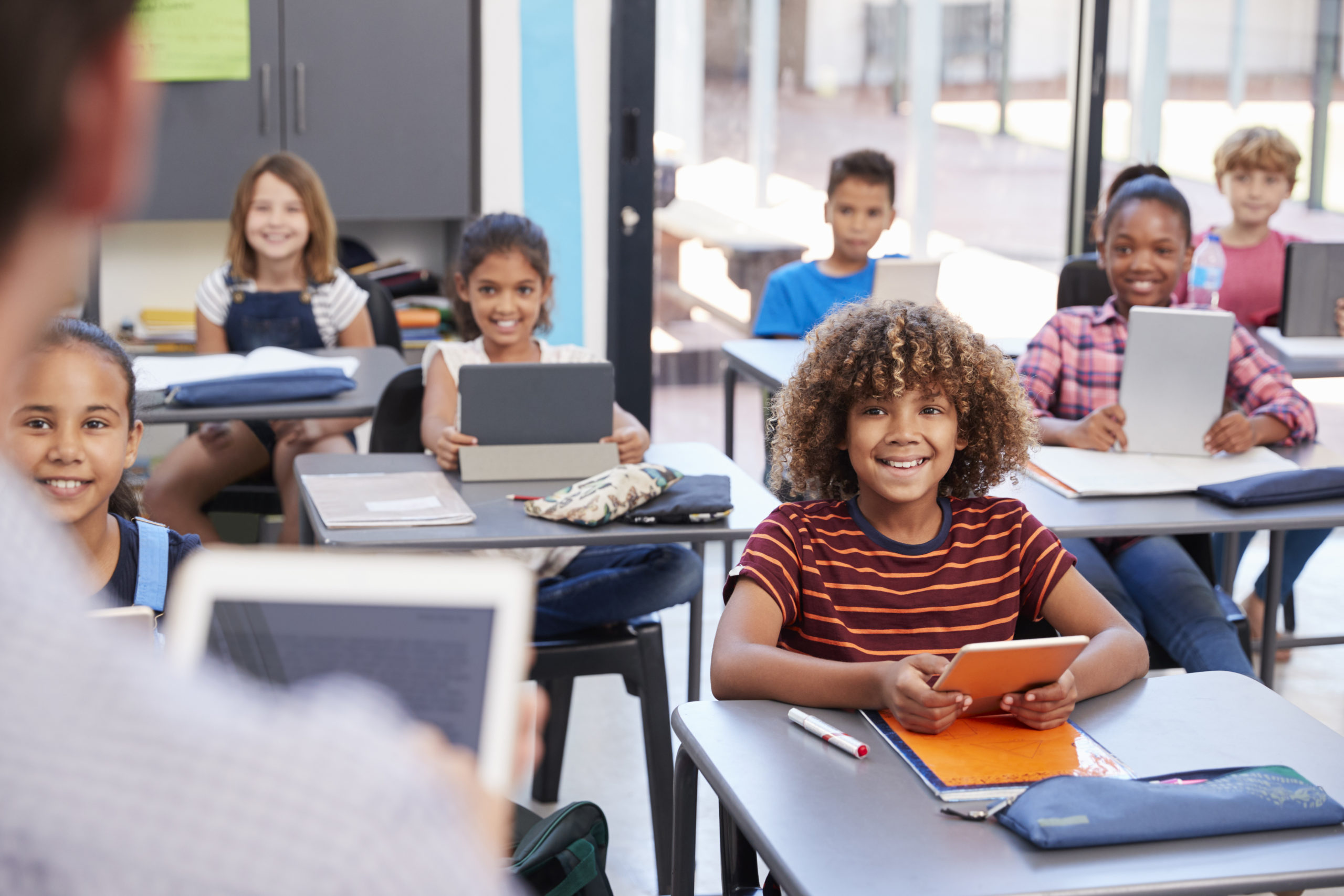by Tom McSheehy MSW, LSW
1. 80 / 20 Rule – The Pareto Principle – What Really Matters?
The 80/20 rule, or the Pareto Principle, states that roughly 80% of outputs are caused by 20% of inputs. If we examine what’s most important in terms of the overall goals of a school, we would find that 20% of educators’ actions are connected to 80% of their goal success. When you read the next nine top reasons in this blog, you will see that social emotional learning (SEL) makes up a good portion of the 20% of input actions important for meeting a schools’ goals.
I taught elementary / middle school for 21 years and have been a licensed social worker for 26 years with expertise in SEL, neuroscience, trauma, and attachment. Educators aren’t trained in these areas, and they profoundly affect behavior, focus, and learning in the classroom.
Adopting regular SEL in education can help boost academic achievement, social awareness, emotion management, and help students develop relationship skills and build and maintain positive relationships.
2. 67% of Vital Job Skills Are Related to SEL
Daniel Goleman, psychologist and social emotional intelligence expert, studied what employers want in their new employees. He found that 67% of the skills are related to SEL. Goleman published his findings in his book, Working with Emotional Intelligence. Many schools do SEL once a week or once every two weeks so they aren’t committing the time necessary to develop the social emotional skills needed for employability and job success. Employers can teach many technical skills rather quickly, but developing social emotional skills is much more difficult and time consuming. In order for SEL skills to become habits and get wired into the brain, they must be practiced on a daily basis.
3. Two SEL Skills That Are Most Important for Wealth, Health, and Public Safety
Terrie Moffit and Avshalom Caspi, professors of psychology at Duke University, along with a team of researchers, studied 1000 children for 30 years to figure out what is most important related to wealth, health, and public safety (Research study). They discovered two critical skills for children to learn to ensure success later in life.
The first critical skill is the ability to modulate emotional expression or in other words, self-regulate emotions. The second critical skill is the ability to delay gratification or in other words, the ability to wait by controlling impulses. This second skill is not being practiced or developed in children or teenagers because we live in an instant gratification society.
4. SEL Can Support Gut Health Which Can Profoundly Impact Mental Health.
Our intestines produce 90% of our serotonin and 50% of our dopamine and are home to 70% of our immune system. Serotonin is a neurotransmitter responsible for elevating our mood, and dopamine is a neurotransmitter responsible for the pleasure that we gain from our life experiences. Our immune system is our body’s defense system, focused on protecting and maintaining physical health.
SEL can teach us how to manage our emotions, calm ourselves, and control impulses which helps us to ease stress on the digestion system and enhance absorption of nutrients from our food. Along with exercise and diet, SEL can enhance the functioning of our intestines which will directly impact brain function and strengthen our mental health.
This Frontier research article highlights the work focused on how gut health impacts mental health through the production of important neurotransmitters of serotonin and dopamine
5. Educators Teach in An Upside Down Manner – SEL Helps Optimize Brain Function
Educators focus the majority of their attention on meeting the needs of the cortex through their academic instruction. They often neglect the needs of the lower levels of the brain related to survival, motivation, emotional regulation, and connection. The social emotional brain is made up of three primary areas: the brainstem, the limbic system, and the frontal cortex.
The two lower, more primitive, areas of the brain are the brainstem and limbic system which can pull energy from the upper brain (cortex), where thinking and learning take place. Like the foundation of a building, the lower levels of the brain provide the foundation for the upper brain.
Meeting the needs of the lower brain areas creates optimal brain function and academic performance of students. Under stress, students can drop down to lower brain levels and not be able to think or reason. Their ability to pay attention and focus actually gets hijacked by the physical sensations of the brain stem and emotions of the limbic system.
SEL skills can create an emotionally safe classroom environment so teachers and students can be vulnerable and emotionally connect. SEL skills can help students to manage their emotions, calm themselves, and control their impulses which allows them to focus on their academics.
6. Protect or Connect? SEL Helps to Balance the Nervous System for Optimal Functioning
Our autonomic nervous systems helps us to survive and stay safe. It is our surveillance system alerting us when there is some type of threat that could endanger us. The nervous system protects without conscious awareness. There are two branches to our autonomic nervous system: sympathetic and parasympathetic.
The parasympathetic branch has two separate channels called the ventral vagal and dorsal vagal. Dr. Stephens Porges, professor of psychiatry at University of North Carolina, is the creator of the Polyvagal Theory. The sympathetic branch is focused on action and movement. It has its own alarm for danger called the amygdala which starts the fight or flight stress response. When we feel threatened, our adaptive response is the fight or flee. If fighting or fleeing doesn’t resolve the threat, our nervous system will use the dorsal vagal channel to automatically cause us to freeze, dissociate, withdraw, or shut down.
The sympathetic and dorsal vague channels help us to survive threats by fighting, fleeing, or freezing. An effective way out of this automatic adaptive survival responses is through connection with another human being who is in their ventral vagal channel of the parasympathetic nervous system.
When we are connecting with someone who is self-regulated, calm, and grounded, it can help lift us out of the brain stem (dorsal vagal shutdown) or limbic system (sympathetic movement) into the frontal cortex where we can think and reflect and then we can choose a behavior that is calming and connecting.
Anything can trigger students’ nervous systems to go into adaptive survival responses when a threat is perceived. The threats could be an academic exam, a tone of voice, stern facial expression, bullying, intense emotions, trauma, etc. SEL can help students to self-regulate their emotions and sensations and calm themselves so their nervous systems don’t get overwhelmed and go into survival response. SEL can create safe classrooms where students feel safe and can stay in their ventral vagal channels where connection and learning take place.
7. SEL Develops Students’ Abilities to Self-Reflect, Self-Regulate, and Self-Manage Their Emotions and Sensations
One of the most important skills that students need in order to thrive in their academics, jobs, and relationships is the ability to self-regulate their sensations and emotions. The brain stem produces physical sensations and the limbic system produces emotions.
Sensations and emotions can overwhelm a student and cause them to drop down to lower levels of the brain which will drop them down to adaptive survival channels of the nervous system. Students who can’t regulate their sensations and emotions often act out or shut down in class. This can result in classroom behavior issues and can make it difficult to focus on academics.





